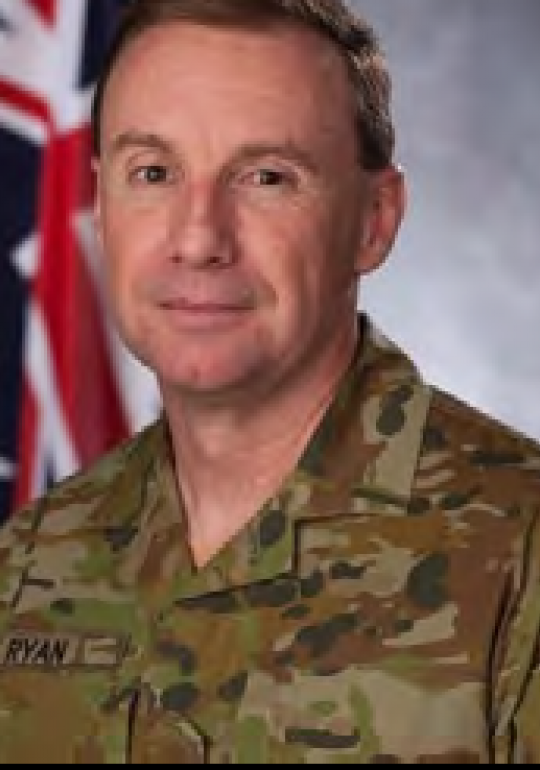The Ryan Review
A study of Army’s education, training and doctrine needs for the future
Introduction
The Army lives in the school house.
The quote above, from Lieutenant General Frank Hickling (retired) in January this year, has been at the forefront of my mind since I commenced this appointment. This study was established in order to gain an appreciation of the current strengths and weaknesses of Army’s approach to education, training and doctrine, and to then propose how we might rectify the challenges identified.
There will be some readers who will point out aspects of Army’s education, training and doctrine that are not addressed in this study. It should be noted that it was never the intention to attend to every challenge facing education, training and doctrine in Army. This was clearly not achievable, especially in a short period of time. However, the aim has been to identify the significant issues that in being addressed; might generate impact and momentum for broader change and innovation. Further, these will comprise a framework, or plan of action, for the duration of my appointment as Director General Training.
A small study team was assembled in February this year to assist in this process. It was a hand-picked group of regular and reserve members, designed to bring a variety of educational and experiential backgrounds and to think about the future of the education, training and doctrine needs of the Army. The team consulted widely across Army and beyond to gain the insights contained in this study. The team endured days of workshops to review, discuss, critique, and argue through a diagnosis of the challenges and then propose solutions.
The paper is divided into eight parts. First, the paper reviews the series of Army reviews and evolution of its training system since the Hassett Review in the early 1970s. This is Army’s ‘modern era’ and the institution has learned much of value during that time which has informed or provided context for this study. The study then examines drivers for change and the rationale for why Army must evolve its education, training and doctrine and ensure it is appropriately orienting a system for education, training and doctrine based on potential future needs.
The paper then examines the four central aspects of the study. These are the ‘system’, a loosely defined and implicit object at present; education and professional military education; training and doctrine. Each of these four sections contains recommendations for consideration by the Chief of Army. The paper concludes with recommended priorities and approaches for the implementation of
the various initiatives proposed in the study.
The study aims to be forward looking, to think about Army’s future needs and ensure the education, training and doctrine system of the Army is appropriately oriented for the demands of the next two decades. I commend this study and look forward to implementing the recommendations to address the challenges described in this report.
M.B. Ryan, AM
Brigadier
Australian Army
21 April 2016

